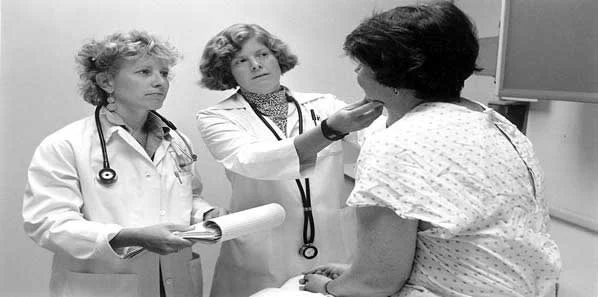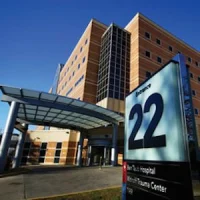According to a study
presented at the annual Canadian Stroke Congress in Vancouver, a new and
innovative patient management system implemented at the acute stroke unit of
Kelowna (BC) General Hospital has reduced the number of stroke patient beds by
more than 25 percent.
It is estimated that this system is saving the hospital more than 1,000 bed days per year. This is equivalent to annual savings of up to $800,000 and this is being achieved without any investment in devices, treatments or personnel.
Dr. John B. Falconer, Director of the Transient Ischemic Attack (TIA) and Stroke Clinic at the hospital and author of the study, says, "It's a win-win situation. Patients are better and more efficiently treated, the hospital saves resources and the morale of the whole unit is much better."
The new program is called Proprietary Physician or Pro-MD. One of the hospital's five neurologists is always responsible for optimising bed usage and patient flow in the acute stroke unit. One of the most critical components of the program is that the Pro-MD makes twice-weekly rounds of all patients with a full care team of head nurse, physiotherapist, occupational therapist, social worker, transition nurse, pharmacist, rehabilitation ward head nurse and the patient's family.
According to Ian Joiner, Director of Stroke for the Heart and Stroke Foundation, the learnings from this study could have significant impact on hospitals and healthcare. This is especially true since there are around 62,000 strokes in Canada per year and stroke patients spend more than 630,000 days in acute care hospitals. The study shows that it is not necessary to achieve savings through cutbacks or large monetary investments but instead, improvements in hospital systems can also by doing things smartly and collaboratively. Coordinated systems can go a long way in maximising stroke care. It is just a matter of having the right resources in the right place and at the right time.
"There are still opportunities for improvement at every point along the continuum of care, from prevention to rehabilitation," says Joiner. "Governments, healthcare system decision makers, healthcare providers and Canadians all have a role to play."
More and more hospitals today are designated stroke centres while others have stroke teams and stroke units and administer clot-busting drugs. Many hospitals have telestroke capacity as well. Initiatives such as this could improve the quality of care and in effect the health of Canadians and can play an important role in enhancing treatment.
Source: Science Daily
Image: Wikimedia Commons










